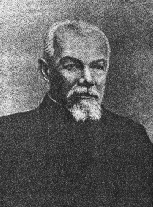1) Read the thermochemistry module in the StudyAids.[https://classes.yale.edu/chem220a/studyaids.html#Thermochemistry]
2) From the data presented on page 305, show with a diagram that the difference in the heat of combustion of 3-methyl-1-butene and 2-methyl-2-butene is 3.4 kcal/mole. Which alkene liberates more heat upon combustion? Given the DHfo for 2-methyl-2-butene [https://classes.yale.edu/chem220a/studyaids/thermo/heats-formation.html], what is the heat of formation of 3-methyl-1-butene? Calculate the heat of formation of 2-methylbutane.
3) In the homologous series (ethane ----> octane) what is the average incremental value of DHfo for a CH2 group? Show math. Using this value and the DHfo of 2-methylheptane in the module table (see problem 1), determine the
heat of formation of 2-methylbutane. Show
work. How does this value compare with the
value obtained for 2-methylbutane in problem
2?

